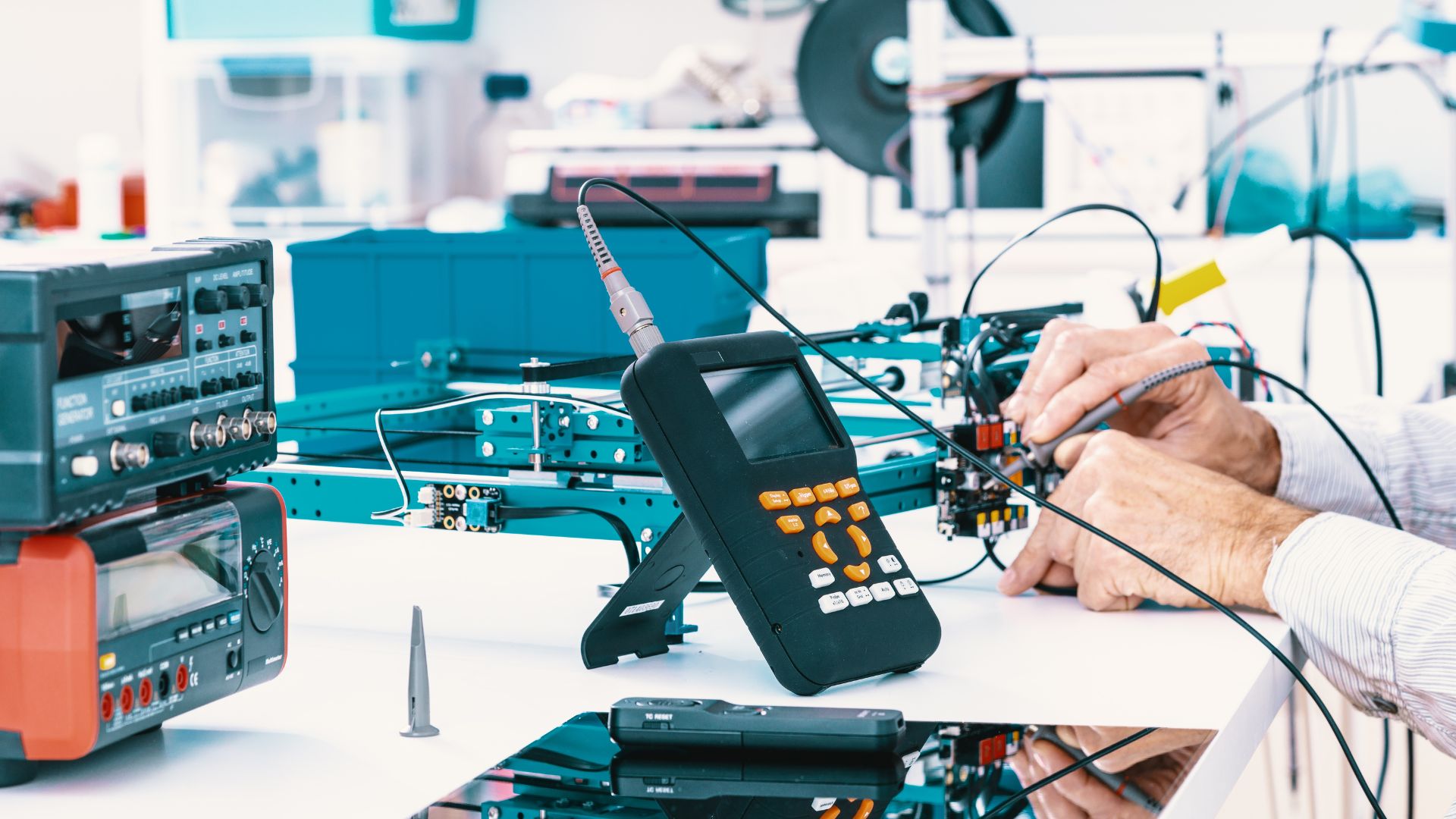In the field of electrical engineering, the optimization of energy conversion processes is a critical pursuit, driven by the ever-increasing demand for efficient utilization of resources and sustainable energy practices. Power electronics, a field focused on the conversion and control of electrical power, plays a pivotal role in enhancing energy conversion efficiency across a wide range of applications. This article explores the fundamental principles of power electronics and its profound impact on energy conversion efficiency, catering to an audience with a basic understanding of electrical engineering concepts.
Understanding Power Electronics
Power electronics deals with the conversion, control, and conditioning of electrical power using semiconductor-based devices such as diodes, transistors, and thyristors. These devices enable the manipulation of voltage, current, and frequency characteristics of electrical signals, facilitating the efficient transfer of power between different energy sources, loads, and storage systems.
Key components and circuits commonly employed in power electronics include:
- Rectifiers and Inverters: Rectifiers convert alternating current (AC) to direct current (DC), while inverters perform the opposite conversion from DC to AC. These circuits are essential for interfacing with various power sources and loads, such as renewable energy systems, motor drives, and grid-connected applications.
- Switching Converters: Switch-mode power converters, including buck, boost, and buck-boost converters, offer efficient voltage regulation and power conversion by rapidly switching semiconductor devices to control the energy flow. These converters are widely used in power supplies, battery chargers, and voltage regulators.
- Voltage Source and Current Source Inverters: These inverters are employed in applications requiring precise control of AC voltage or current waveforms, such as motor drives, uninterruptible power supplies (UPS), and renewable energy systems. They provide flexibility in adjusting output characteristics to meet specific load requirements.
Impact on Energy Conversion Efficiency
Power electronics technology significantly influences energy conversion efficiency through several mechanisms:
1. Minimization of Power Losses
Power electronic devices operate by switching between different states (on/off or conducting/blocking) to control the flow of electrical energy. Efficient switching operations minimize power losses associated with conduction and switching losses in semiconductor devices. Advanced semiconductor materials, device designs, and control strategies help reduce these losses, thereby enhancing overall system efficiency.
2. Voltage and Current Regulation
Power electronic converters enable precise regulation of voltage and current levels to match the requirements of connected loads or energy storage systems. By maintaining optimal operating conditions, power converters minimize unnecessary energy dissipation and maximize the utilization of available resources, leading to improved efficiency in energy conversion processes.
3. Reactive Power Compensation
Reactive power, which arises from inductive or capacitive elements in electrical systems, can significantly affect power quality and system efficiency. Power electronics-based devices such as static VAR compensators (SVCs) and static synchronous compensators (STATCOMs) provide reactive power compensation by injecting or absorbing reactive power as needed, thereby enhancing system stability and efficiency.
4. Energy Storage and Management
Power electronic systems play a crucial role in energy storage and management applications, including battery charging/discharging, DC-DC converters for hybrid and electric vehicles, and grid-connected energy storage systems. Efficient energy conversion and management strategies ensure minimal losses during energy storage and retrieval processes, maximizing overall system efficiency and reliability.
5. Integration of Renewable Energy Sources
The proliferation of renewable energy sources such as solar photovoltaics (PV), wind turbines, and fuel cells necessitates efficient integration into existing power grids and distributed energy systems. Power electronic interfaces, such as grid-tied inverters and microgrid controllers, enable seamless integration of renewable energy sources by synchronizing their output with grid requirements and maintaining grid stability, thus optimizing energy conversion efficiency and promoting renewable energy utilization.
Future Directions and Challenges
As the demand for energy efficiency and renewable energy integration continues to grow, the field of power electronics faces several challenges and opportunities:
- Higher Efficiency Targets: Continued research and development efforts are focused on achieving even higher levels of energy conversion efficiency through advanced semiconductor materials, innovative device architectures, and optimized control algorithms.
- Wide Bandgap Semiconductors: The adoption of wide bandgap (WBG) semiconductor materials such as silicon carbide (SiC) and gallium nitride (GaN) offers the potential for further efficiency improvements and higher operating temperatures in power electronic systems.
- Smart Grid Technologies: Integration of smart grid technologies and demand-side management strategies relies on efficient power electronic interfaces to enable dynamic control and optimization of energy flows, contributing to overall grid reliability and stability.
- System Integration and Packaging: Advances in packaging and integration techniques, including module-level designs and advanced thermal management solutions, are essential for maximizing the performance and reliability of power electronic systems in diverse applications.
In conclusion, power electronics plays a pivotal role in enhancing energy conversion efficiency across a wide range of applications, from renewable energy integration to electric vehicle propulsion and grid management. By minimizing power losses, regulating voltage and current, and enabling seamless integration of diverse energy sources, power electronics technology contributes to a more sustainable and resilient energy infrastructure for the future. As researchers and engineers continue to innovate and address emerging challenges, the impact of power electronics on energy efficiency is poised to grow, driving the transition towards a cleaner and more efficient energy ecosystem.
